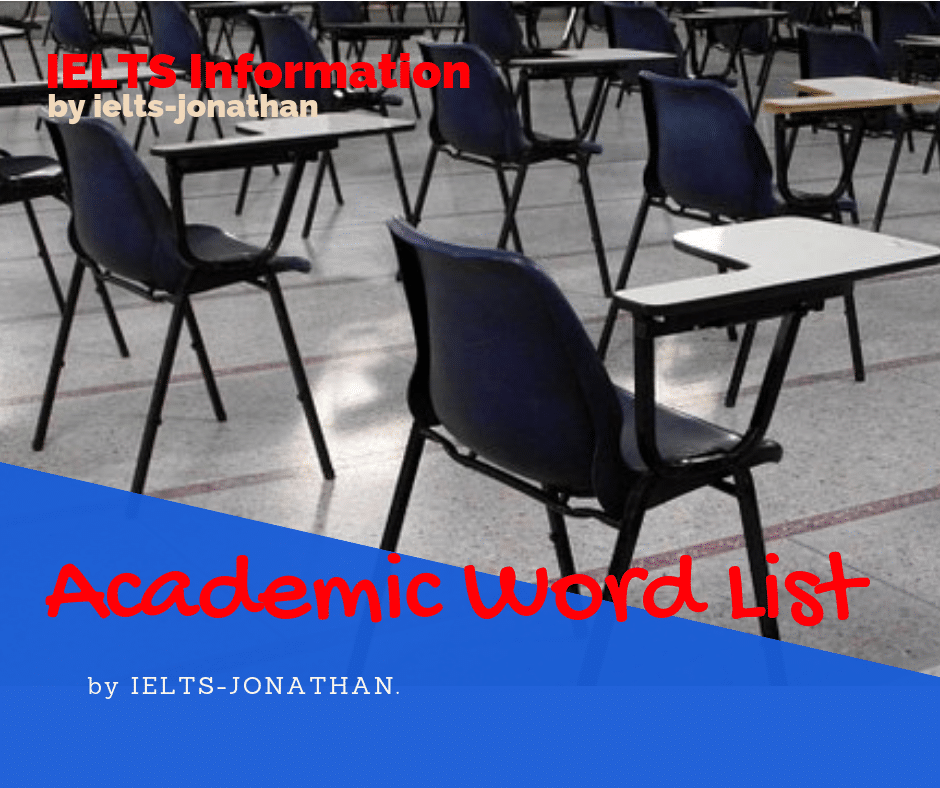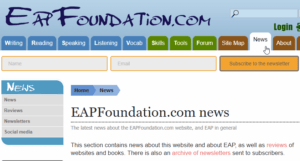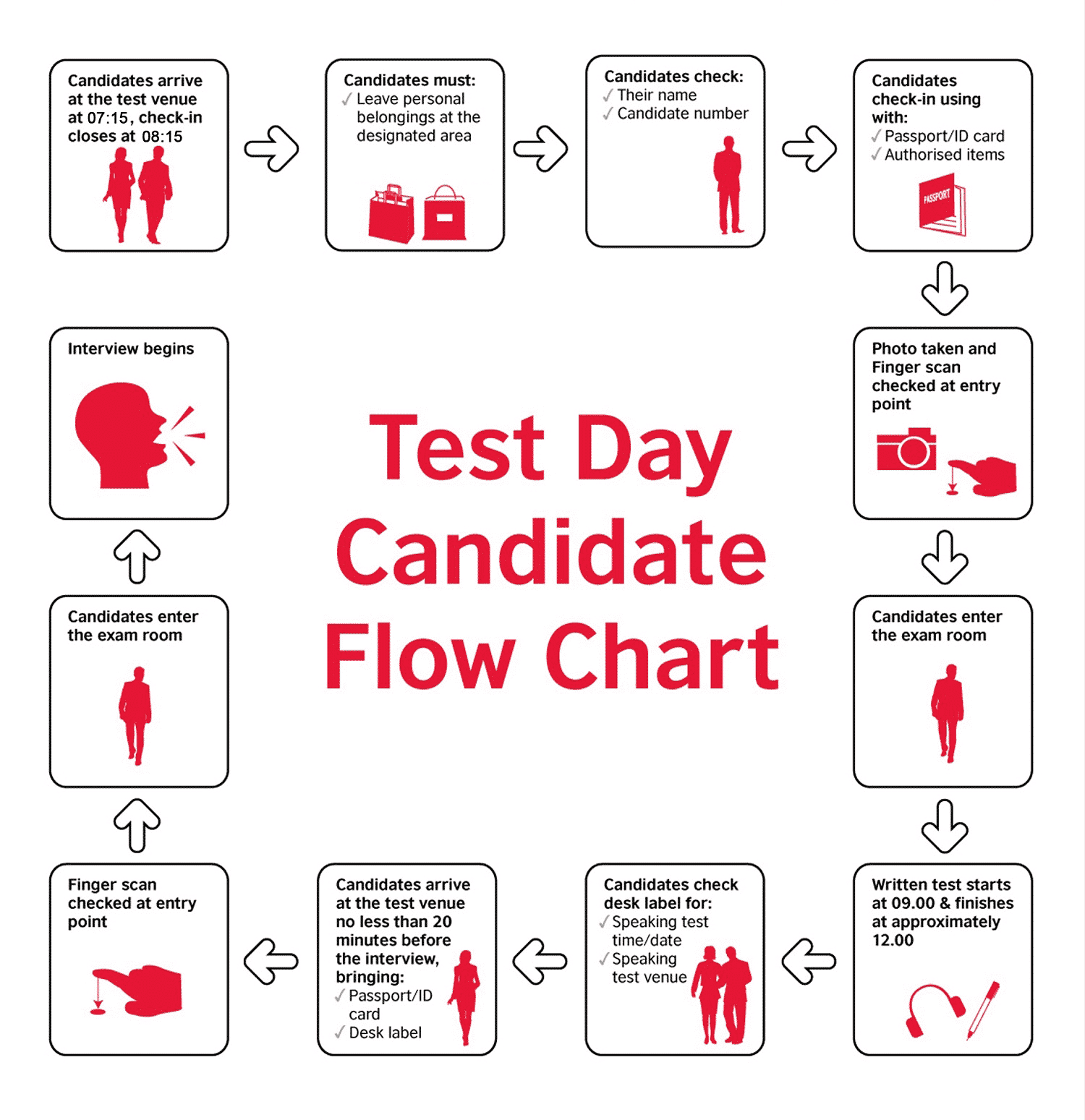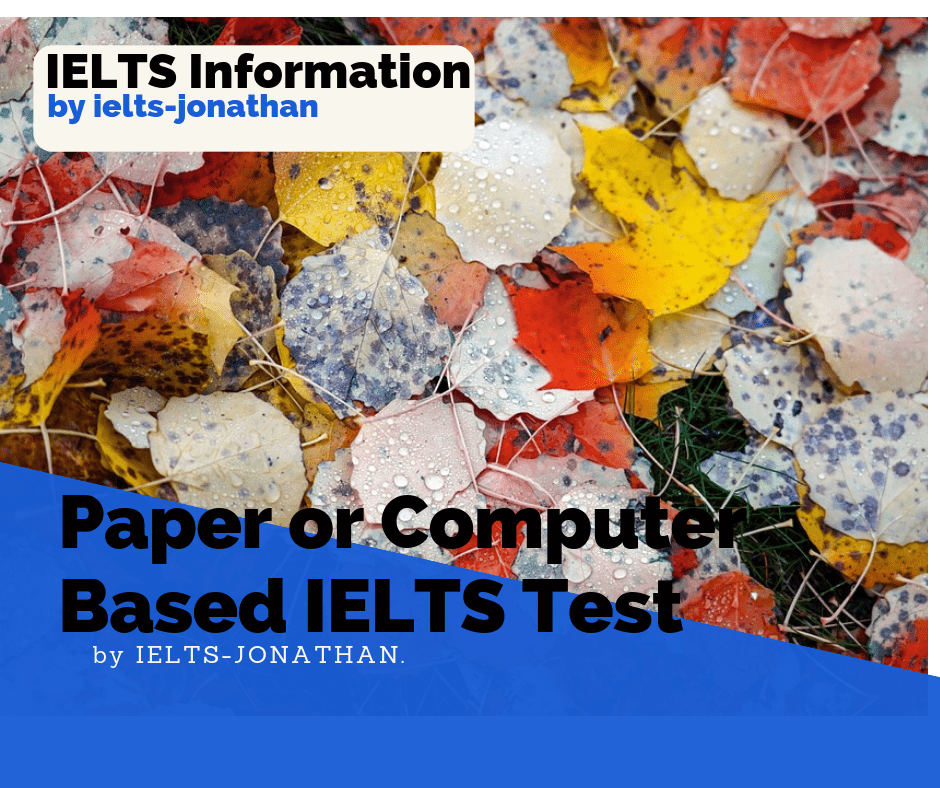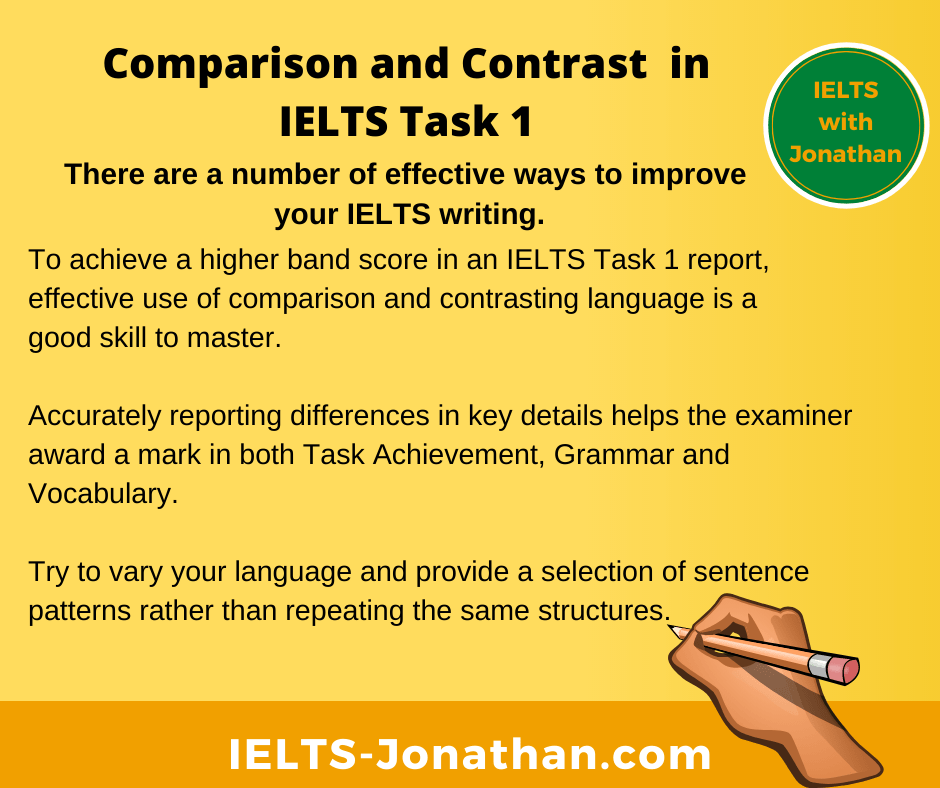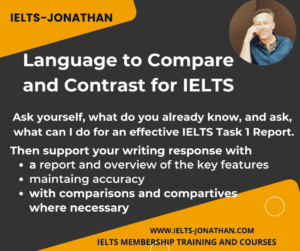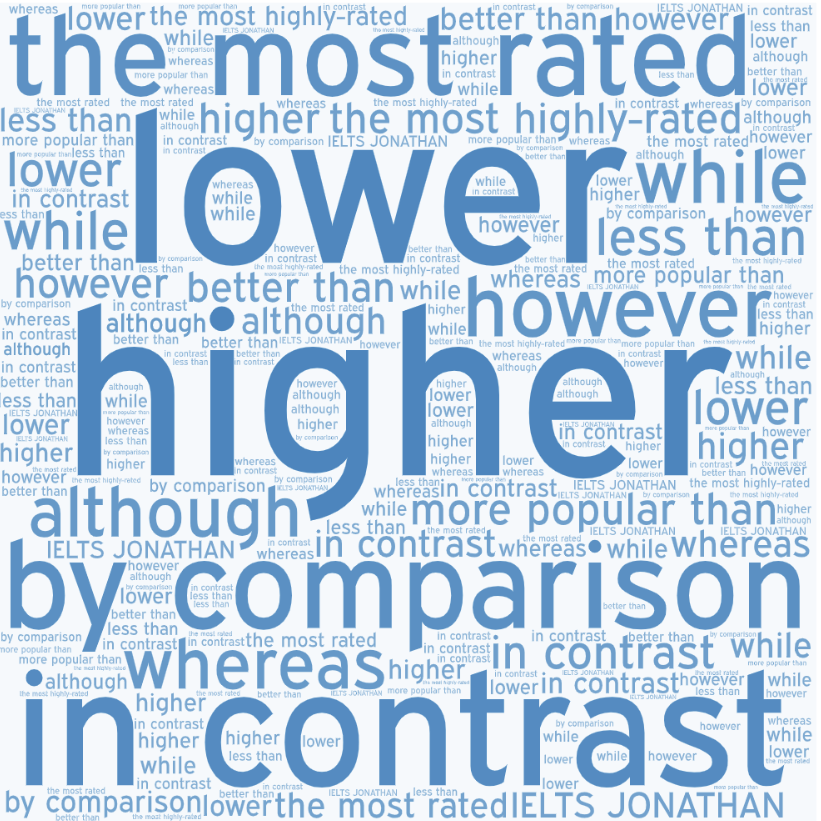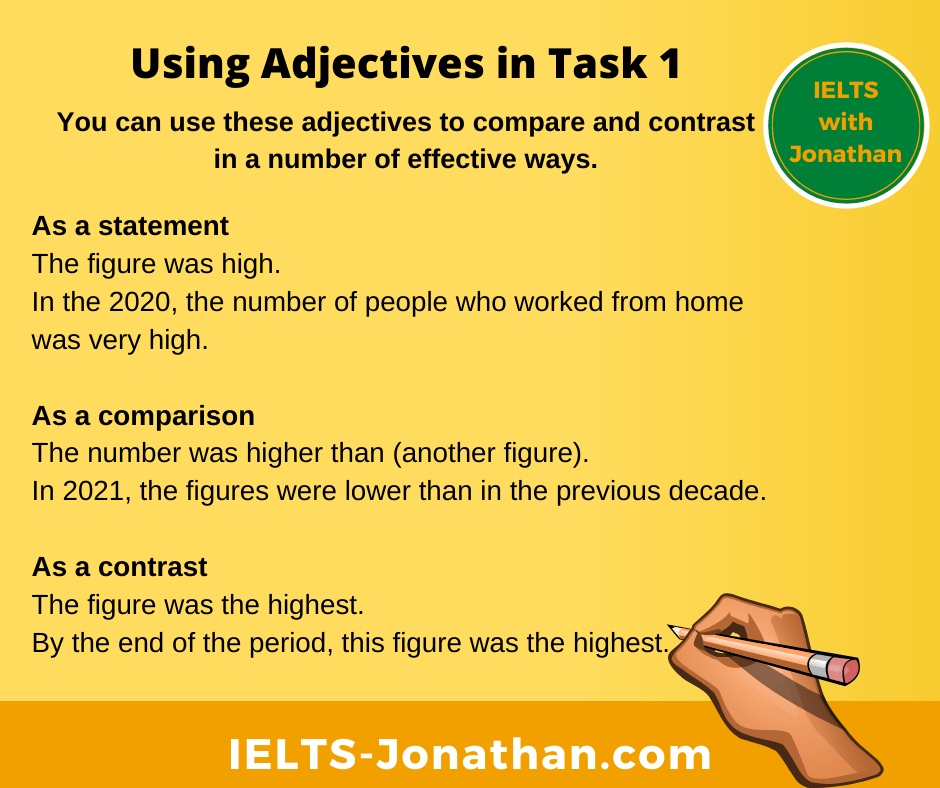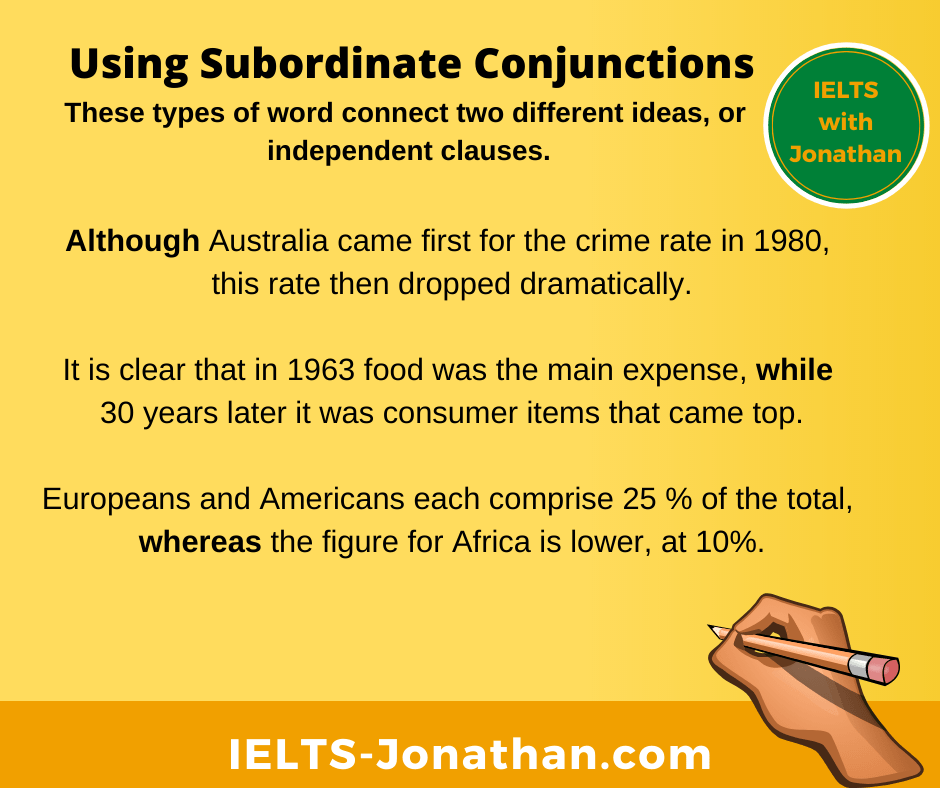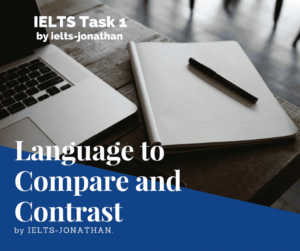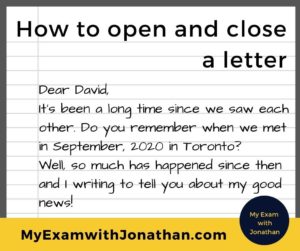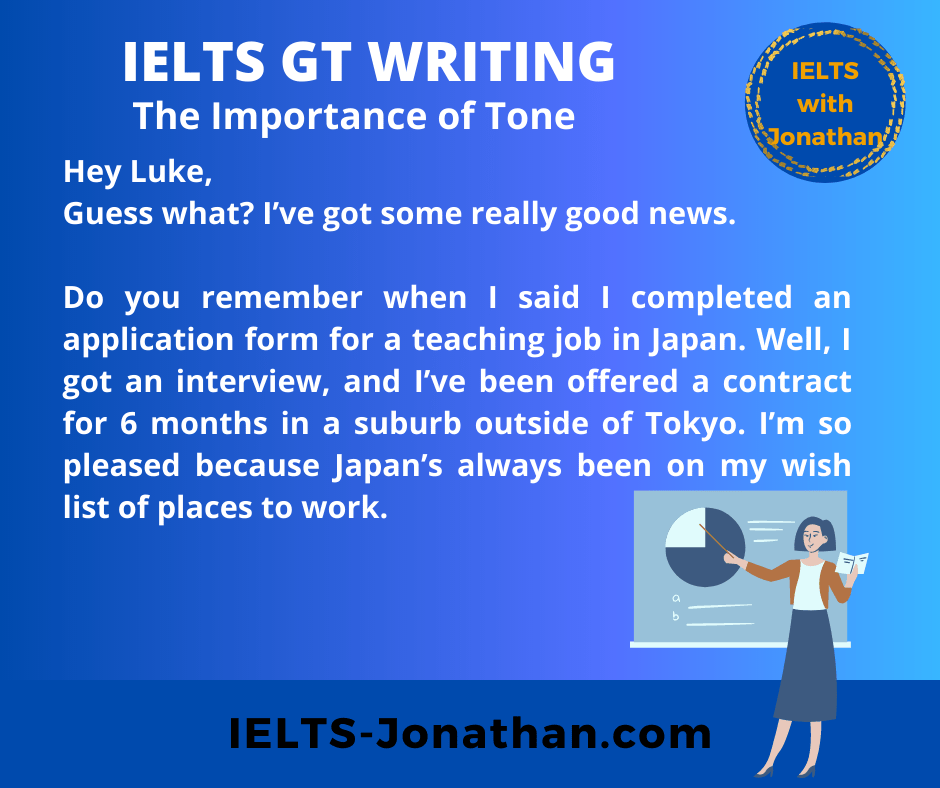What are good methods for Writing an IELTS Essay
Good teachers will not only ask IELTS students to write essays, they will also try to check whether the level and knowledge of vocabulary and grammar awareness is adequate to produce an IELTS Band 6, 7 or 8 essay.
Using tests to check IELTS vocabulary and grammar.
A very good way that teachers can check how much a candidate can produce is by construction awareness tests like the following examples.
This test looks at producing a positive or negative development IELTS essay.
A further advantage is students can gain a good understanding of organisation, sentence structure and language choices suitable for IELTS academic writing as well as an enhanced awareness of topic ideas.
This is far better than the passive activity of reading and reviewing essays themselves , a technique often suggested by teachers of IELTS.
Enjoy!
Instructions
Writing is a creative process and there is no one way to write an essay but you can use these Band 9 IELTS essays to help you develop good writing.
- Read and complete the essay.
- Once you have completed, check the answers.
- Reset the essay to the beginning and see how much and how quickly you can now complete the modal writing.
Writing an IELTS positive or negative development essay
I’m Jonathan
I’ve taught IELTS and University English in more than a dozen universities and schools around the world.
I’m a parent, traveller and passionate about language teaching and helping students achieve their dreams.
Whilst living in Austria or working in Asia, I run IELTS courses to help students get to where they want to be.
If you are serious about IELTS, connect with me to see how I can help you.


